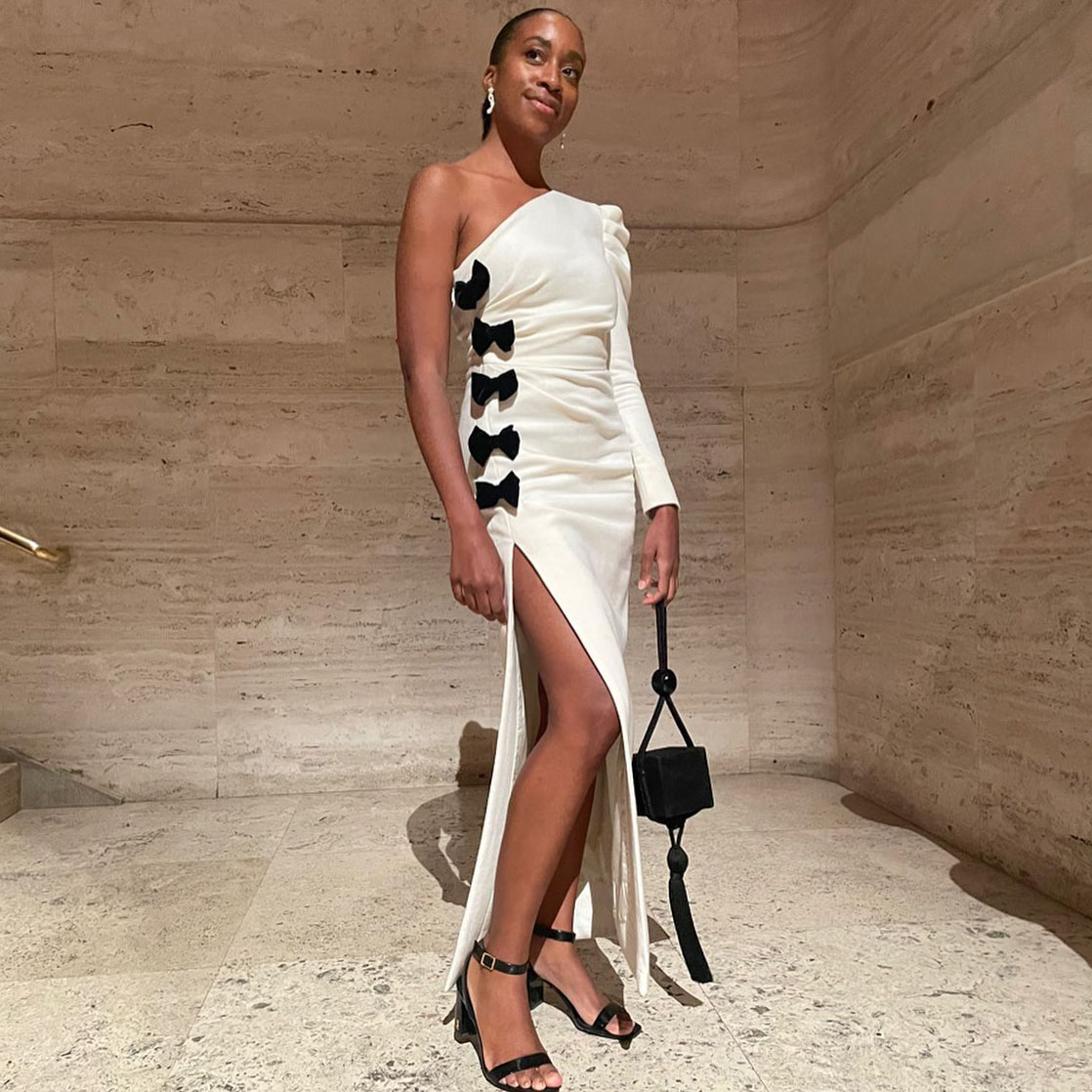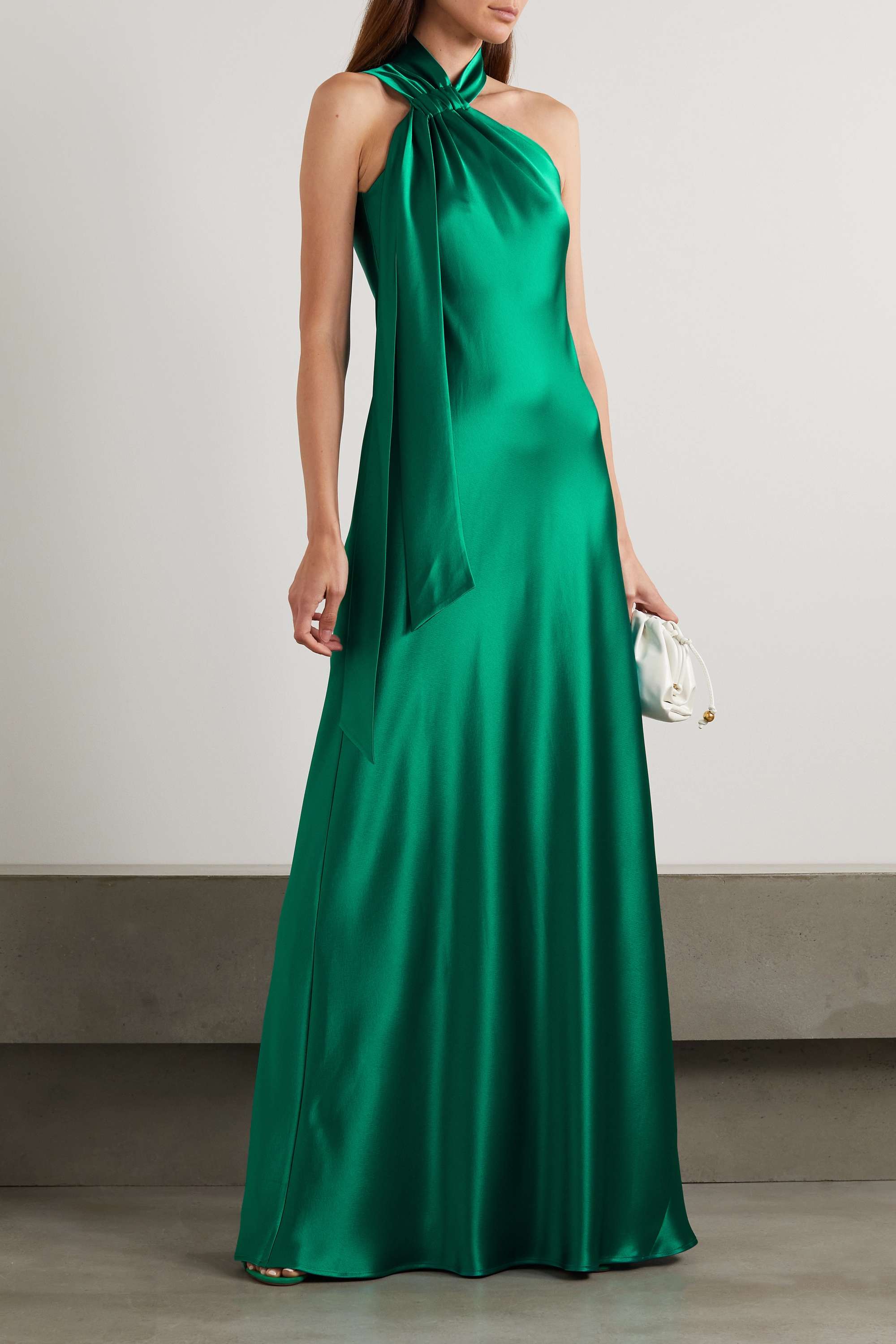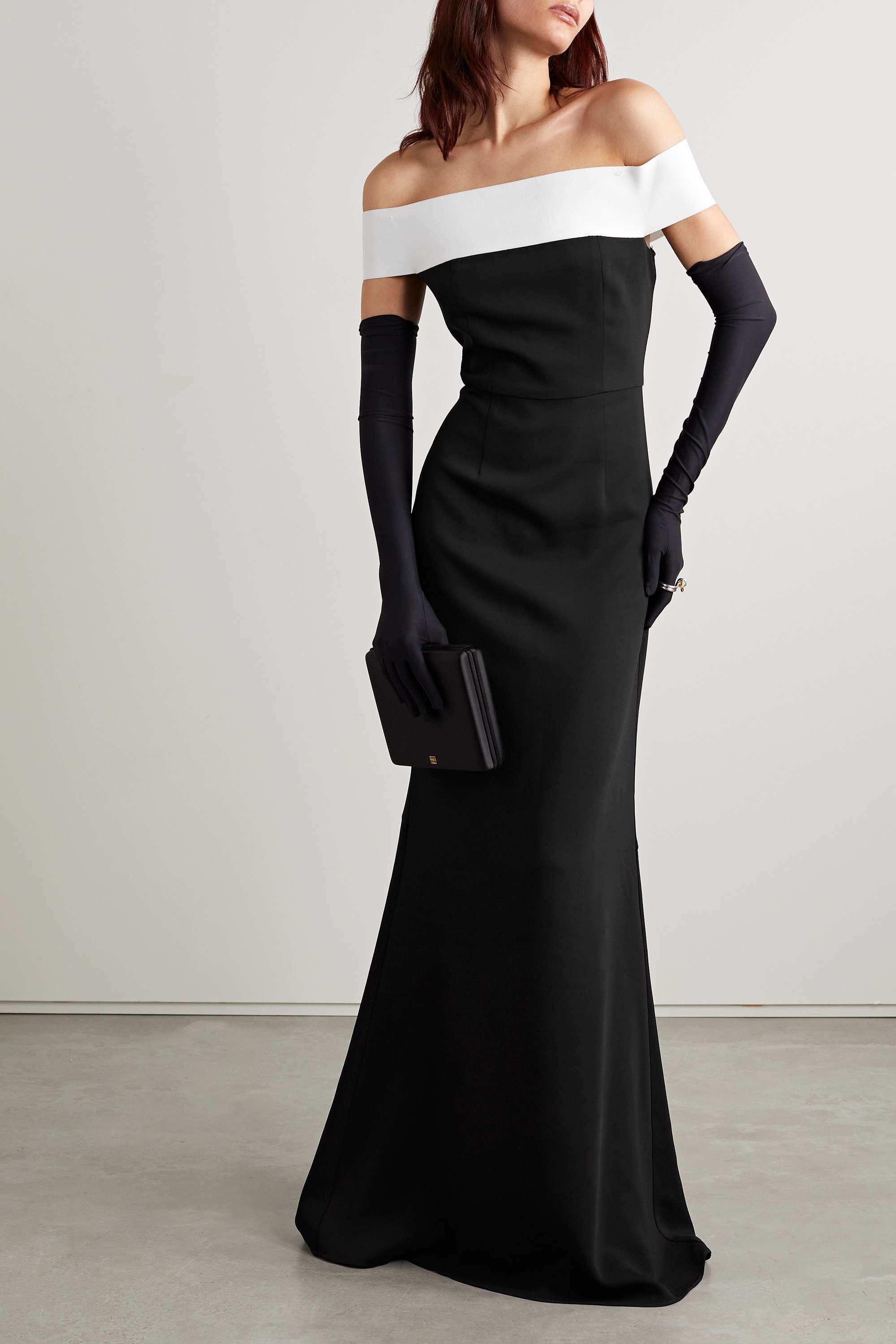Here's How to Nail a White-Tie Dress Code (and Avoid All the Common Mistakes)

Photo:
@chrissyfordNavigating through different dress codes can be tricky. There's semi-formal, cocktail attire, and black-tie, but there's another less common dress code you should be familiar with as well: white tie. When it comes to party dress codes, white tie is the crème de la crème. It's reserved for the most elaborate and lavish of events (the Met Gala is white tie), so it's not every day you'll come across it. If you are invited to a glamorous gala or extravagant wedding with a white-tie dress code, there are a few things to consider when choosing your outfit. Whether you're attending your first white-tie event or simply looking for a bit of new inspiration, we've put together a guide of the dos and dont's of the dress code, plus how it differs from black-tie.
White-Tie Vs. Black-Tie Attire
At a glance, it may seem like there isn't a significant difference between white-tie and black-tie dress codes. The distinction between the two dress codes is a bit clearer for men since a white-tie event requires a tuxedo as opposed to a suit. For women, though, gowns are worn at both, but there are a few key differences between the two dress codes. Most importantly, it comes down to the formality of your gown. At a black-tie event, you might get away with an elegant tea-length dress, but for a white-tie, you shouldn't stray from a floor-length dress, ball gown, or a distinctly formal jumpsuit.
At a black-tie event, there's an opportunity to be a bit creative with your eveningwear, whether it's with a print, color, or statement accessories, depending on the event. At a white-tie event, you want to focus on finding the most elevated version of eveningwear that stays true to your personal style. Think of the events like the Oscars or a gala when finding inspiration for your look.
Now that we've established what white-tie means, let's dig into the do's and don'ts when choosing the perfect white-tie ensemble.
Do: Wear a Gown
If you're attending a white-tie event, wearing a gown is a given. The more formal the gown is the better. A gown in a dressy fabric like satin, tulle, or lace is ideal.
Do: Carry a Clutch
This may seem obvious for a formal event, but carrying a clutch is the way to go for a white-tie event. Try to find one that isn't too overwhelming in size but is big enough to carry all your essentials.
Don't: Overaccesorize
When attending a white-tie event, you should absolutely add some sparkle to your look, just as long as it's not over the top. For example, wear jewels but focus on a statement earring or necklace instead of multiple pieces to a point where it's overwhelming. While we usually don't conform to the idea of taking one accessory off before leaving the house, this may be a good time to utilize it.
- Explore More:
- Dress
- Online Shopping
- shopping guides












